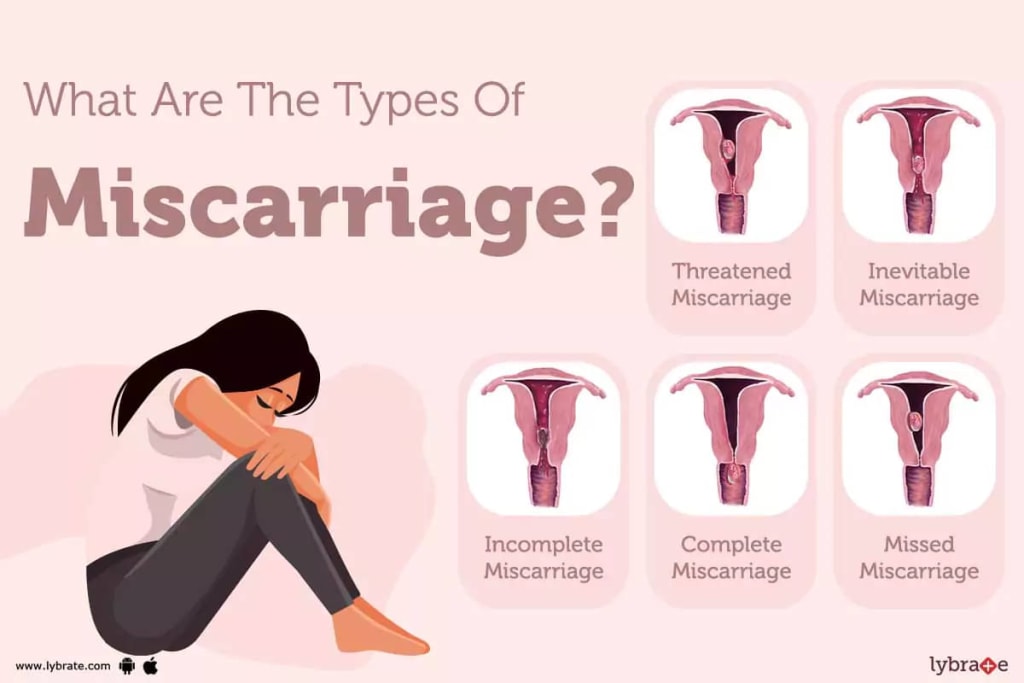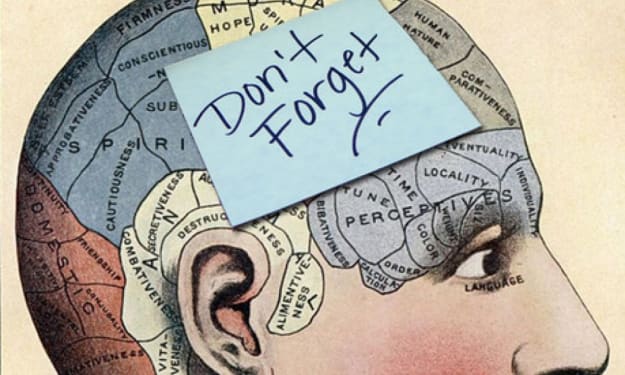Understanding Miscarriage: Causes, Experience, and Treatment
Shedding Light on Miscarriage: Causes, Experiences, and Support

Globally, around 23 million pregnancies end in miscarriage each year. Despite how common it is, miscarriage remains a taboo subject. The experience can feel isolating and, for many, emotionally traumatizing. Myths and misconceptions about miscarriage add to the stigma, leading many to unjustly blame themselves for the loss. However, most miscarriages are unpreventable and caused by factors beyond a person’s control. They happen because pregnancy is a complex process requiring careful coordination between the fertilized egg and the uterus. In fact, of every three eggs that are fertilized, only one progresses to a live birth.
#### The First 12 Weeks of Pregnancy
To understand miscarriage, it’s essential to look at what happens in the body during the first 12 weeks of pregnancy, a period when most miscarriages occur. Pregnancy is maintained by several hormones: progesterone and estrogen, produced within the ovaries, and human chorionic gonadotropin (hCG), sent out by the fertilized egg.
During the first half of each menstrual cycle, estrogen levels increase, followed by a rise in progesterone. These hormones signal the uterine lining to enhance its blood supply and thicken its mucosa, creating the conditions needed for early pregnancy growth. If an egg arrives at the uterus unfertilized, these hormone levels naturally drop, triggering contractions and the shedding of the uterine lining in menstruation.
However, if the egg arrives fertilized, its outermost layer begins producing hCG. This hormone travels to the ovaries and stimulates the continued release of progesterone and estrogen, halting menstruation. hCG also binds to receptors on the uterine lining to prevent it from rejecting the fertilized cell mass as it embeds. This is a stage where things often go awry. For reasons that are not fully understood, as many as one-third of fertilized eggs fail to properly attach, passing undetected in a normal-seeming menstrual period.
#### The Role of Chromosomal Abnormalities
Implantation is only the first hurdle for fertilized eggs that do properly attach. Once burrowed in the uterine lining, the rapidly dividing fertilized egg’s own DNA guides its growth. Chromosomal abnormalities can cause irregular development or stop embryo growth entirely. While many mistakenly believe their miscarriage was caused by factors like stress, exercise, vaccination, or past birth control use, the vast majority are actually caused by these genetic issues or other health factors beyond a person’s control.
#### Symptoms and Miscarriage Management
Some pregnancy losses lead to few, if any, noticeable physical symptoms. In other cases, hCG levels drop, followed by a decrease in progesterone, causing bleeding and cramping. In either situation, there are three primary treatment options for managing a miscarriage—two of which are also used for induced abortion procedures, when patients choose to end a pregnancy.
The first of these options is known as the “watch-and-wait” method. A person waits for pregnancy hormones to drop further, allowing the pregnancy tissue to be released with the shedding uterine wall. This approach works up to 90% of the time but can involve several weeks of unpredictable pain and bleeding.
Others may opt for the second option, taking the pills mifepristone and misoprostol in sequence. The first works hormonally by blocking progesterone receptors, and the second mimics a molecule that induces labor, stimulating uterine contractions and causing the cervix to soften and dilate. After taking the second pill, the process normally takes 1 to 6 hours. It’s often safely self-managed and can be done privately at home.
The third possible treatment option is known as vacuum aspiration. During this five-minute procedure, the healthcare provider numbs the cervix, then places a thin tube connected to a syringe-like device to remove the pregnancy tissue.
#### Factors Influencing Treatment Choice
Treatment choice is often based on the pregnant person’s medical history, timeline, expectations, and personal preferences. All three methods have proven to be safe and effective. However, without the medication or vacuum aspiration options, an untreated or incomplete miscarriage can lead to life-threatening infections and hemorrhage. Additionally, because they are the same treatments used in induced abortion care, they can be harder to access and even criminalized in some areas.
#### Access to Reproductive Healthcare
Beyond this, over half the world’s population lacks access to reliable basic healthcare, including these essential reproductive health services. In many regions, healthcare systems are underfunded and overburdened, leaving millions without the support they need during such a critical time. Efforts to improve access to reproductive healthcare must focus on education, removing stigma, and ensuring that all individuals can receive timely and compassionate care.
#### The Emotional Impact of Miscarriage
While pregnancy means different things to different people at different points in their lives, for many, losing a pregnancy can be devastating and overwhelming. The emotional toll can include feelings of grief, guilt, and isolation. It’s crucial to understand that miscarriage is often a natural part of reproduction and not a reflection of personal failure. Open conversations and support networks can help individuals navigate the complex emotions that accompany a miscarriage.
#### Moving Forward: Supporting Those Affected by Miscarriage
During this difficult time, everyone deserves to be met with care and support, and to have access to these life-saving treatments. Healthcare providers, friends, and family can play a significant role in offering comfort and understanding. Additionally, public health policies should aim to make reproductive healthcare more accessible and less stigmatized, ensuring that those experiencing miscarriage can receive the care they need without fear of judgment or legal repercussions.
Education and awareness are key in dispelling myths about miscarriage and reducing the stigma associated with it. By sharing accurate information and personal stories, society can foster a more compassionate and supportive environment for those affected by miscarriage.
In conclusion, while miscarriage is a common and often unavoidable outcome of pregnancy, it remains shrouded in silence and misunderstanding. Addressing this issue requires a multifaceted approach, including improving access to healthcare, providing emotional support, and promoting open dialogue. By doing so, we can help those affected by miscarriage find the care and understanding they need to heal and move forward.
About the Creator
Enjoyed the story? Support the Creator.
Subscribe for free to receive all their stories in your feed. You could also pledge your support or give them a one-off tip, letting them know you appreciate their work.





Comments (1)
Nicely done it.